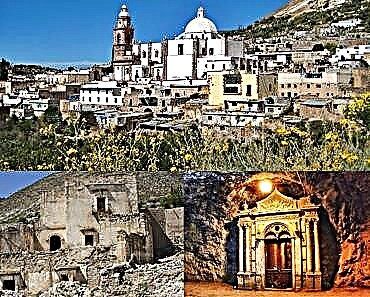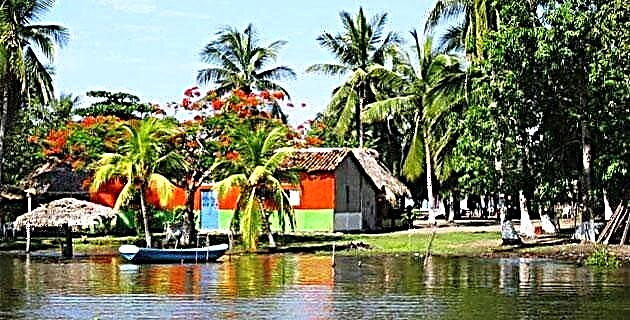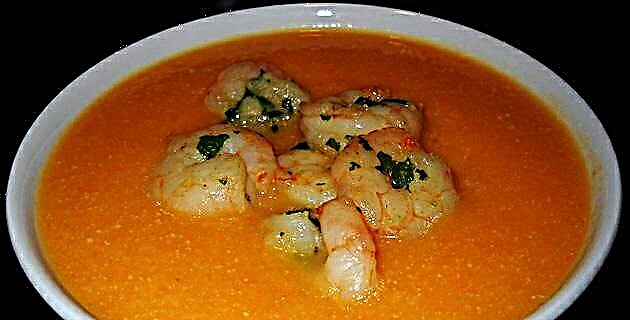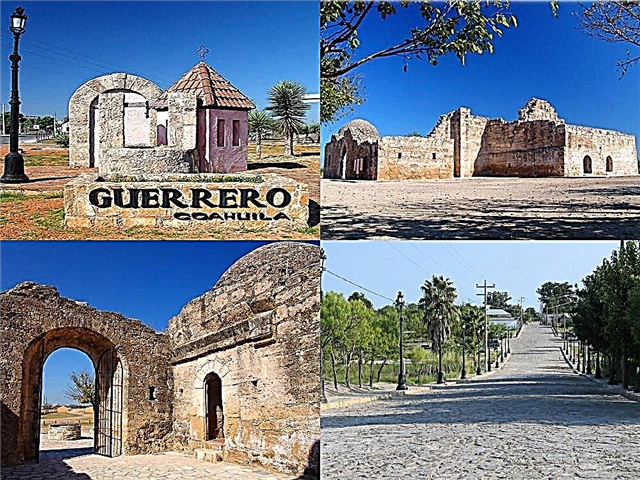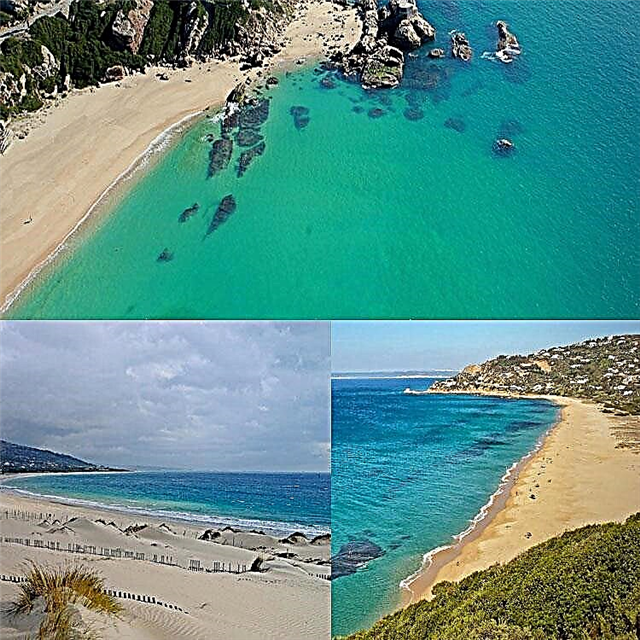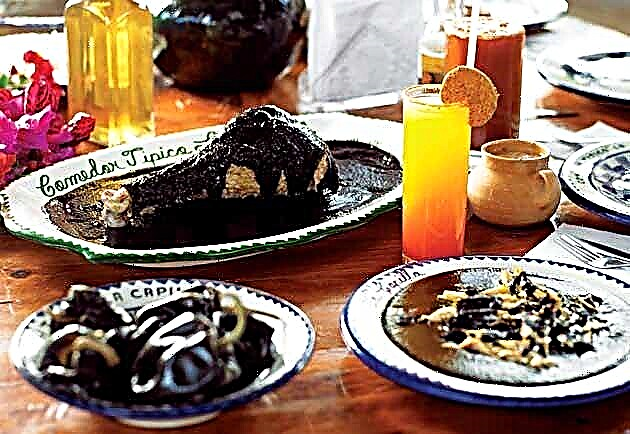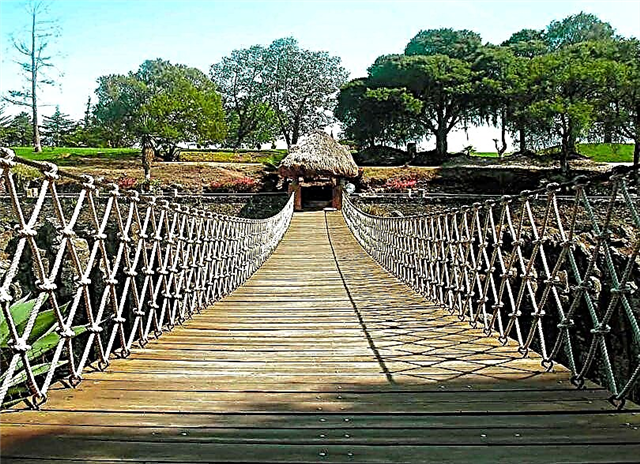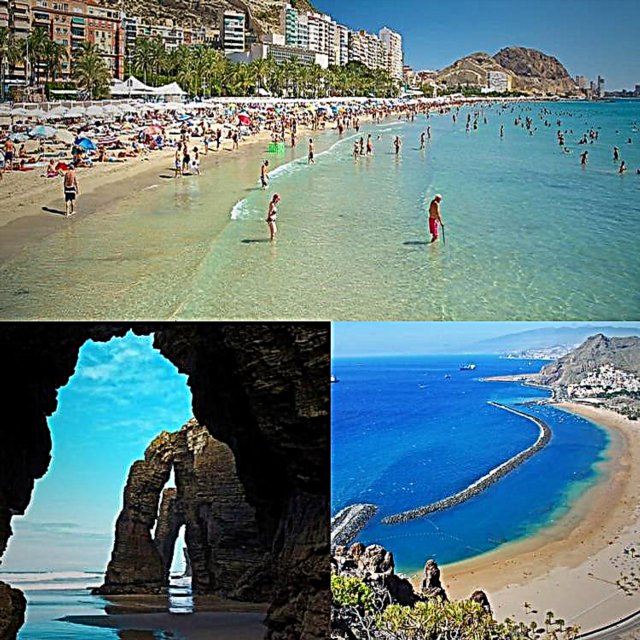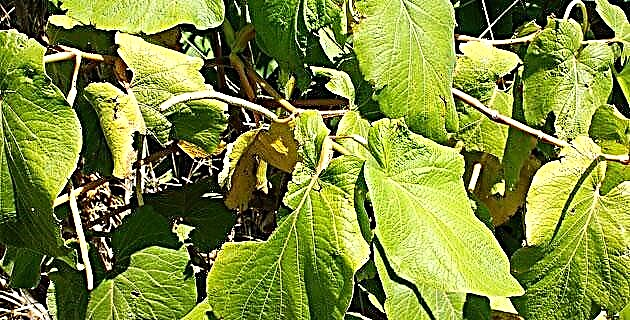
We offer you a compendium of the plants most used by traditional herbalism to treat various ailments. Discover its medicinal use and learn more about this ancient tradition.
Unlike the medicinal herbs of the center and south of the country, that of the north is much less known. In large part this is due to the fact that the Mesoamerican peoples had pictographic sources, codices and wall paintings, as well as a rich oral tradition, and later during the Colony, with chroniclers and scientists such as Motolinia, Sahún, Landa, Nicolás Monardes and Francisco Hernández , among others. The northern groups, on the other hand, were nomads and agraph, so they left no evidence of their medicine, which was otherwise less advanced.
It was during the New Spain period that Jesuit missionaries, first and Franciscans and Augustinians, later, as well as explorers who with their chronicles, reports, relationships and stories left valuable information on what they found, saw and learned about the native herbalist.
In more recent times, archaeological, ethnographic and anthropological investigations carried out in the region have contributed data of great importance for the knowledge of this specific flora. It is important to note that most of the medicines of plant origin were known and used long before the arrival of the Spanish. In such a way that the European botanists and naturists (religious and secular) were in charge of ordering them, systematizing them and, above all, of disseminating them.
Fortunately, among the missionaries who evangelized the region there were authentic naturalists, and much of what is known today about its medicinal flora is owed to them, since studying the plants of the north they classified them in a simple way. Thus, there were useful plants and noxious plants; the first were divided, in turn, into food, medicinal, hallucinogenic and ornamental. Meanwhile, the harmful ones were used to poison arrowheads, or the water of streams, ponds and estuaries for hunting and fishing, respectively.
The classification of medicinal plants made by the Jesuits was very simple: they made their indigenous name Spanish, described it briefly, determined the land where it grew and the part that was used, as well as the way it was administered and, finally, what diseases cured. These religious made numerous descriptions of medicinal plants, gathered herbariums, planted orchards and gardens, investigated their properties, collected and sent samples to the protomedicato of Mexico City and Spain, distributed and even commercialized them. But they also brought medicinal plants from Europe, Asia, and Africa that were acclimatized to the region. From this coming and going of plants comes the herbal therapeutic cluster that is currently used in the region, with great popular acceptance.

